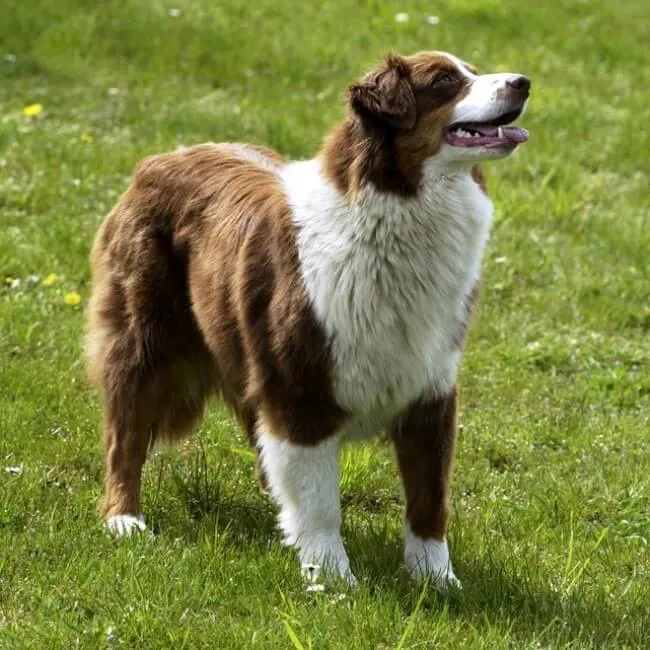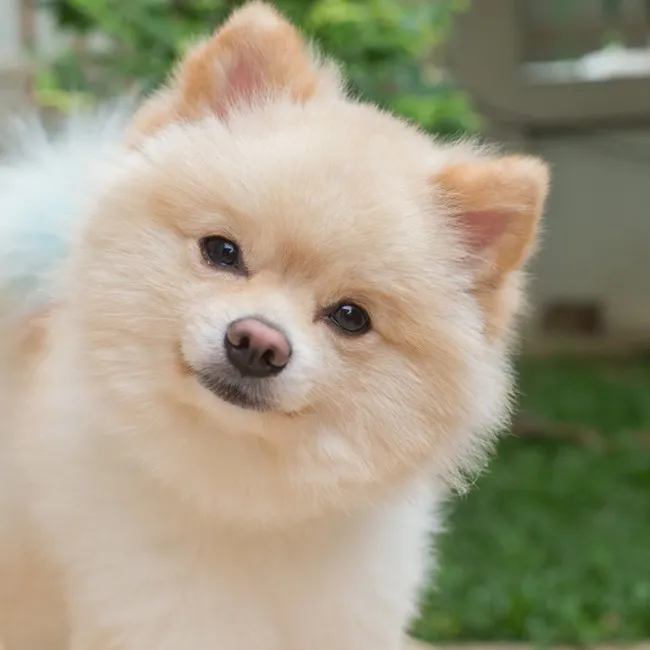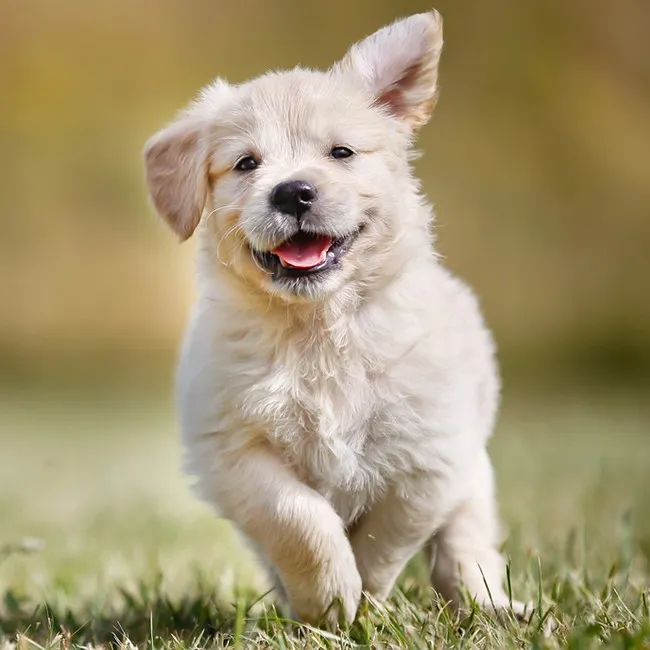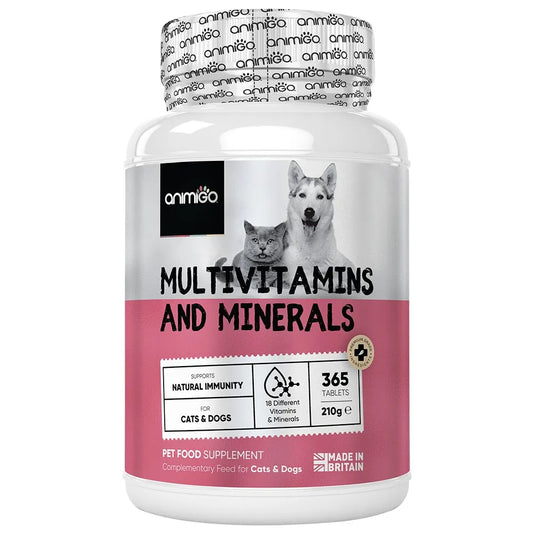Why Can’t Dogs Eat Chocolate?
Whilst those puppy dog eyes can be extremely convincing, no matter how much your dog stares or whines, you should never give them chocolate. Chocolate is toxic to dogs (and cats) and can cause a number of issues if they do happen to eat some. Whilst it largely depends on the type of chocolate, the amount and the size of the dog, in many cases eating even the smallest quantity can lead to chocolate poisoning in dogs, so it should be avoided at all costs for the sake of their overall health and wellbeing.
Whilst those puppy dog eyes can be extremely convincing, no matter how much your dog stares or whines, you should never give them chocolate. Chocolate is toxic to dogs (and cats) and can cause a number of issues if they do happen to eat some. Whilst it largely depends on the type of chocolate, the amount and the size of the dog, in many cases eating even the smallest quantity can lead to chocolate poisoning in dogs, so it should be avoided at all costs for the sake of their overall health and wellbeing.
Why can’t dogs eat chocolate?

Many people ask ‘is chocolate bad for dogs’ but the simple answer of ‘yes’ doesn't seem to satisfy them. To help you understand why dogs and chocolate just don’t mix, here are the reasons why you should never feed your dog even the smallest amounts. Chocolate contains theobromine and caffeine, both methylxanthine alkaloids, or naturally occurring chemicals, that are found within the cocoa bean. This means they act as stimulants that can affect the central nervous system, stimulate heart rate and even increase urination. The compounds, when isolated and concentrated, are even used in medicine as a heart stimulant, muscle relaxant, blood vessel dilator and diuretic, showing how powerful and dangerous they can be in the right quantities.
When we as humans eat chocolate, our body can handle the chemicals and so the stimulants give us a boost. When a dog eats chocolate, however, they cannot metabolise these compounds in the same way, making them far more sensitive to their potent effects. This is what consequently results in the negative side effects associated with pooches eating the sweet treat in addition to chocolate poisoning in dogs.
How much chocolate is poisonous to dogs?
This may seem like a simple enough question, but there are a number of factors to consider before establishing an exact amount. On average, around 100-150 milligrams of theobromine per kilogram of body weight is toxic to dogs. This means you will need to know the weight of your dog, plus the amount of theobromine in the chocolate they ate. Again, this seems simple, but how do you know how much theobromine is in chocolate?
White Chocolate
1mg per oz
Milk Chocolate
64mg per oz
Dark Chocolate
160mg per oz
Baking Chocolate
450mg per oz
Baking and dark chocolates are the worst culprits as these contain the highest levels of theobromine per ounce, whilst milk chocolate is slightly better and then white containing the smallest amounts. This doesn’t mean it is okay to give your dog white chocolate though, it still holds some levels of the chemical and is also full of fats and sugars that can make your dog feel sick regardless. Chocolate cakes can be one of the most serious chocolate-related foods your dog can eat, as not only will it contain high levels of baking chocolate and other types, but it will additionally be rich in sugars and fats that your dog also shouldn't be consuming and can make them ill.
Once you know the type of chocolate your dog has eaten, you can measure the toxicity levels based on their size. A smaller dog will only need to consume a tiny amount whereas a larger dog can have more before causing the same level of damage. Again, this doesn’t mean it is okay to feed your dog chocolate if they are bigger, but it makes it easier to understand how serious the issue may be. You will also need to take into consideration their age and health; a young dog in their prime may be able to handle it a lot better than an older dog with numerous health issues. If you would like some help with measuring how toxic the chocolate your dog has eaten is, try our handy dog chocolate toxicity calculator to figure it out.
How much chocolate can be dangerous for dogs?
Signs of chocolate poisoning in dogs
Do you think your dog has eaten chocolate, but you’re not sure? There are some common signs of chocolate poisoning in dogs to look out for that can vary depending on the amount of chocolate they have eaten, as well as the type and how well or badly their body reacts to it. Here are some symptoms to look out for, and if you see any (or see your dog eating chocolate) you should take them to the vets as soon as possible:
- Vomiting
- Diarrhoea
- Increased thirst
- Restlessness
- Hyperactivity
- Panting
- Excessive urination
- Fast heart rate
- Muscle tremors
- Seizures

What happens when dogs eat chocolate?
When a dog eats chocolate, it can have a number of effects on their body depending on the amount, the concentration of theobromine and caffeine as well as the source of the cocoa beans and their quality. Chocolate poisoning in dogs generally affects their central nervous system, heart and kidneys and you will usually begin seeing symptoms between four and twenty-four hours after initial ingestion.
What to do if your dog eats chocolate
If you think your dog has eaten some chocolate, or you see them doing it, firstly make sure there is no more around they can sink their teeth into! If you catch them in the act, take it away from them as soon as you can and make sure it is no longer in reach. You should also take any out of their mouth if they are still chewing it. After that, try and figure out the type of chocolate they have eaten, as well as the amount.
If you think it is a serious quantity, you should visit your vet immediately. You can also take them to the vets even if it is a tiny amount, just to be on the safe side. They will be able to diagnose chocolate poisoning in dogs and give them the treatment needed. This can include inducing vomiting as well as using activated charcoal to block the absorption of theobromine into the body. They can also offer other treatments if either of these don’t work or the case is more serious and urgent.
Once your dog has recovered from eating chocolate and the theobromine and chemicals are completely out of their body, you may then want to think about replenishing any nutrients that may have been lost as a side effect of the symptoms of chocolate poisoning in dogs, such as vomiting and diarrhoea. A great way to do this is by providing them with a natural dog multivitamin supplement as well as by upping their vitamin and mineral intake to make sure their diet is back to a healthy balance once again.
What about chocolate dog treats?
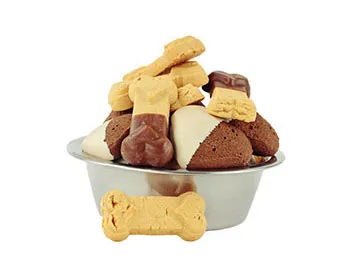
You may have seen many forms of dog chocolate available and are now again thinking, ‘can dogs eat chocolate?’, but the answer is still no! Dog chocolate may look like the real deal but uses carob instead as a substitute for chocolate. Carob is a powder extracted from the carob bean and contains no theobromine or caffeine, making it safe for dogs to eat. Carob is also high in fibre and low in fat and sugar, making it great to include in a yummy treat and should give you nothing to worry about. Just make sure that if you do buy any dog chocolates or treats that you read the label carefully. If the product contains carob as a chocolate substitute you are safe, but avoid any that contain low levels of chocolate as this still poses a risk, even if it is marketed specifically for dogs.
Conclusion
Overall, you should now be able to answer some key questions in relation to dogs and chocolate, including how much is toxic to dogs, why is chocolate bad for dogs and what you should do if you see them eating any or notice the signs. You should also know that the answer to the question, ‘can dogs eat chocolate?’ is a big no! If you do think your dog has eaten any of the sweet treat, try to figure out how much and what type as this will help you to understand the level of toxicity as well as the seriousness of the incident. You should then take them to the vet so that they can help remove the toxic compounds from their body and provide them with any medication needed. They can additionally give any advice for dealing with it if it were to happen again in the future, as well as tips to avoid your dog stuffing their faces in the first place!


